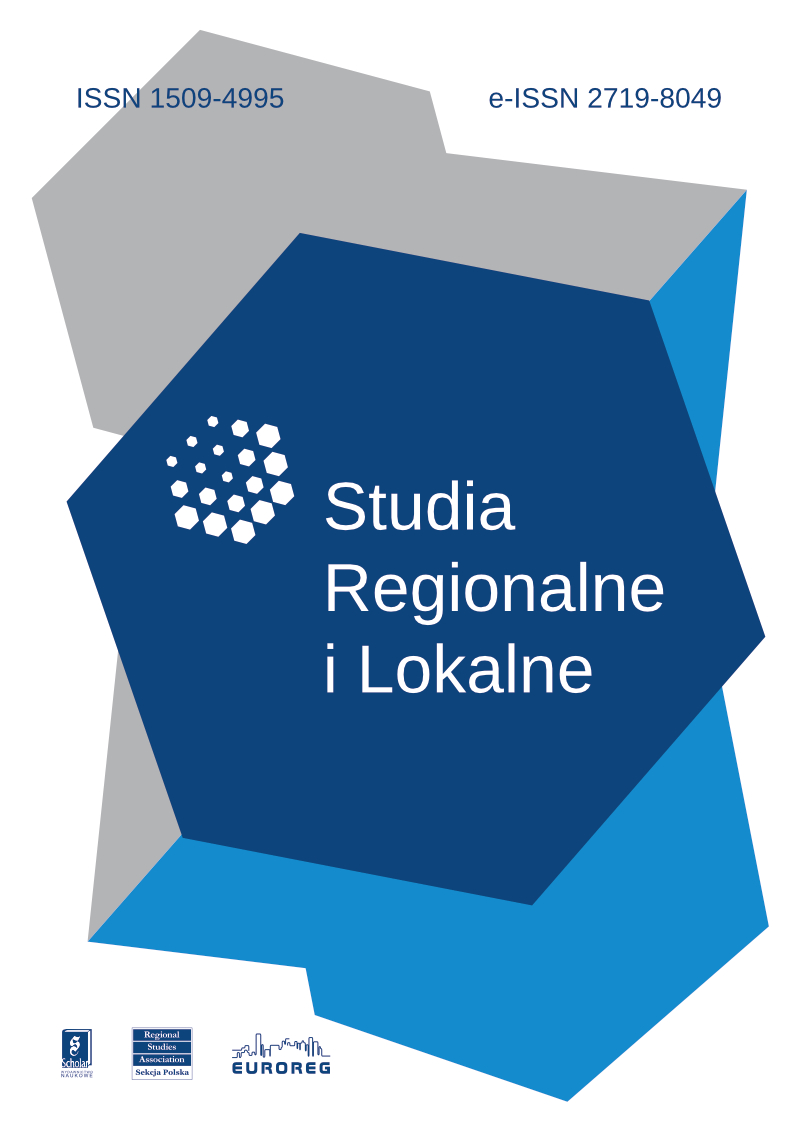Opublikowano w numerze
5(Special Issue)/2010 (no guest editor)

- Grzegorz GorzelakFacts and Myths of Regional Development[więcej]
- Mikołaj HerbstCreation and Absorption of Human Capital by Academic Cities in Poland[więcej]
- Bohdan JałowieckiCity for Sale. Metropolisation in Peripheral Capitalism[więcej]
- Agnieszka Olechnicka, Adam PłoszajSpatial Aspects of Collaborative Networks in Science - Lessons from Poland[więcej]
- Lucyna RajcaThe Concept of New Public Management and Local Government Reforms in Selected Western European Countries[więcej]
- Przemysław ŚleszyńskiStructural, Spatial and Functional Changes in the Development of Entreprise Following Poland’s Accession to the European Union[więcej]
- Maciej Smętkowski, Piotr WójcikRegional Development in Central and Eastern Europe[więcej]


